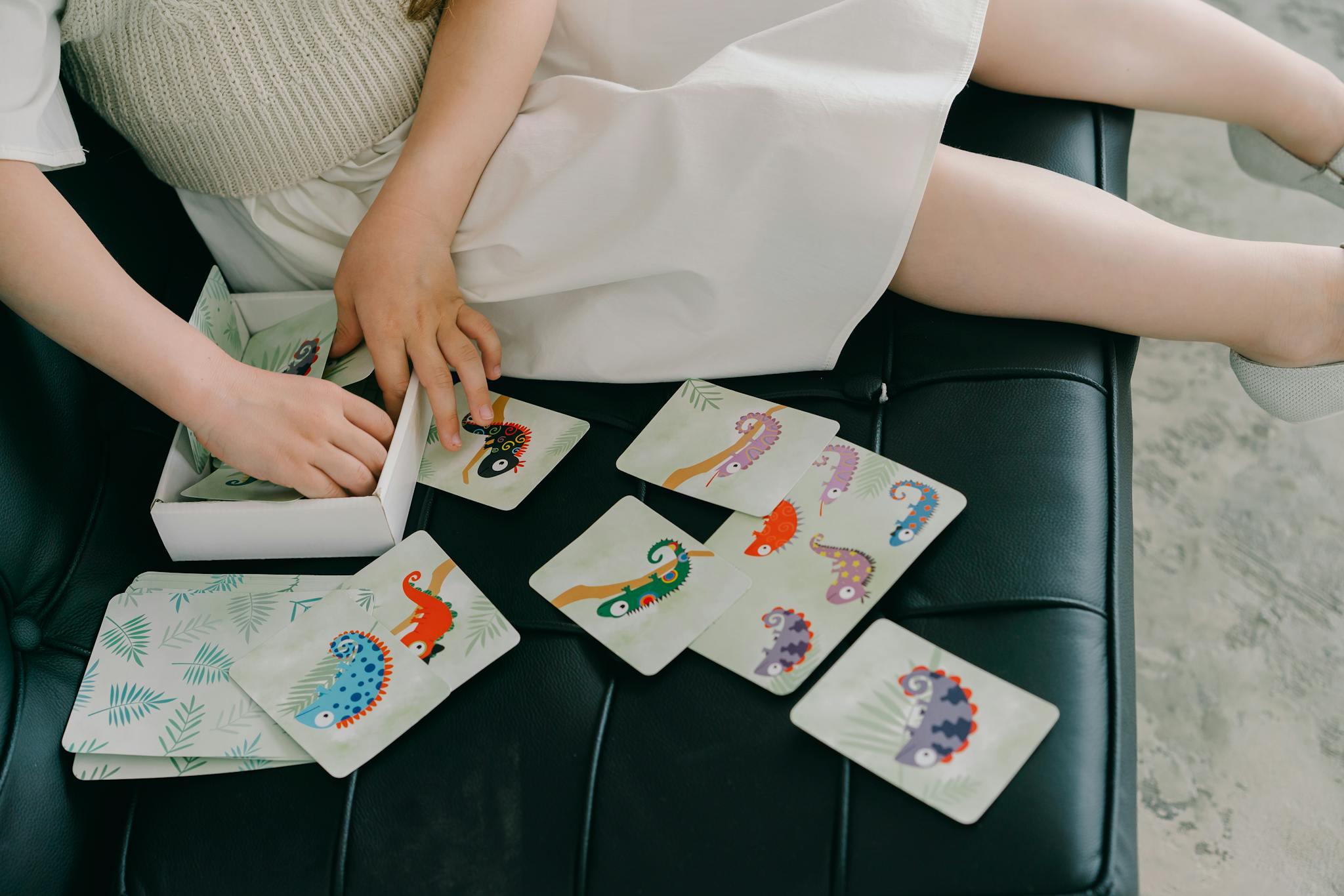Ways a Children’s Play Therapist Helps
Play therapy helps children express their thoughts and feelings, guided by a children’s play therapist. During therapy sessions, a therapist will use activities such as playing with toys, dancing, painting, and board games to observe a child’s interaction and communication. The therapy offers a fun and child-friendly approach to explore a child’s emotional and behavioral difficulties, such as trauma, depression, anxiety, abuse, and neglect. Here is how your child can benefit from a play therapist.
Emotional Expression
Children, especially when young, can struggle to express their feelings verbally. A children’s play therapist will use play to create a safe and supportive space for children to express their feelings and experiences. Children will react differently based on what they need, what they have experienced, and how they feel about themselves.
A therapist will identify a child’s non-verbal cues during play, such as body language and facial expression, to better understand their emotional state. They will also look for repetitive play behaviors that may indicate the child is working through an emotion or event. If a child expresses similar ideas and emotions with different behaviors, the therapist needs to determine the underlying themes, patterns, and emotions. For instance, if a child knocks over a block tower they were building and later throws tantrums, they may be trying to express frustrations. High levels of emotions or intensity may indicate defensiveness, underlying distress, or difficulty regulating emotions.
Coping mechanisms
Play therapy sessions can help your child learn how to deal with challenging emotions or thoughts. They gain healthy coping methods that can help them manage their emotions when facing adverse situations such as family issues. These skills can be beneficial even when they become teens or adults.
A qualified play therapist will introduce appropriate coping strategies depending on the child’s age. These strategies may include deep breathing exercises and positive self-talk to help them deal with new or difficult situations. A child’s therapist can also involve family and friends to teach the child how to interact with them in a healthy way. This teaches them how to express and manage emotions, especially in social situations. Sensory tools such as calming putty and fidgeting toys can be introduced during sessions. These act as physical outlets to help children manage anxiety or overwhelming situations.
Self Esteem
Engaging in play activities during play therapy promotes a sense of accomplishment and mastery. When a child complete tasks and challenges successfully, they gain confidence in their abilities, boosting their self-esteem. The therapist allows children to explore themselves during play and discover their interests, strengths, and values. This contributes to a stronger sense of self as they become more self-directing, self-reliant, and self-accepting. A therapist can also reinforce social interactions during play to encourage children to continue using these skills, boosting confidence in social interactions.
Trust and Rapport
A playroom creates a safe, comfortable, and inviting environment where children can interact with their therapist. This space allows children to explore their feelings and thoughts at their own pace and feel more open to interacting with their therapist. The therapist makes sure they’re both present and interested in the play to build a trusting relationship. This shared enjoyment fosters a positive connection and sense of rapport.
A therapist needs to understand the child and show unconditional positive regard irrespective of the child’s emotions and behavior. The child will feel the therapist cares, accepts, and understands them, which builds a strong therapeutic relationship.
Seek the Help of a Children’s Play Therapist
Play therapy can help children develop into healthy and happy adults. It can help children connect and manage their emotions, express themselves better, and be prepared to handle life situations. Reach out to a professional children’s play therapist to learn how this treatment can benefit your child.

Post a comment